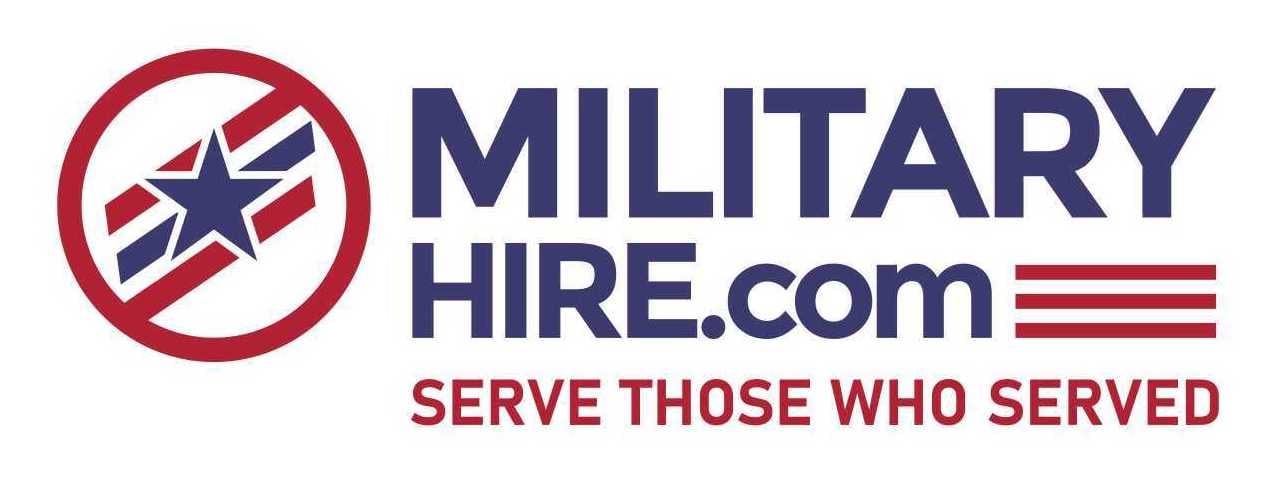Is Your Resume Helping or Hurting You?
Some resumes do not work. And other resumes get their authors calls from employers in a matter of weeks. What’s the difference?
At first glance, the answer to this question seems obvious. Some job hunters have a lot more skills and experience than others and their resumes reflect that. So, they naturally will get called by employers. Well, that answer is a half truth.
“Real life” job hunting has changed quite a bit since you entered the service. Technology allows employers to search for and reduce the ideal job candidate down to his or her discrete skills. I call these discrete skills, your resume “data.”
Thus, when employers are searching for candidates, they are not “seeing” your career record, rather they are pulling pins out of a hat that are tagged with the discrete skills they need.
General, military-focused resumes do not work because they do not have the “tagging” employers can see and then find. Only by tagging your resume with a series of competitive layers can you turn your resume turn into one that works.
What are the competitive layers of a resume? How do you go about tagging your resume with the appropriate competitive layers?
Simple. But it requires some work on your part.
You can tag your resume with competitive layers by getting to know how an employer searches for potential job candidates. This means understanding how employers search resume data banks. Basically, it all comes down to understanding keyword searches.
Most military resumes consist of only education or training and military job task experience, the foundation layer of a resume. Hence, the inherent keywords found in these resumes are only tagging the foundation layer (See Figure 1).
Yet, to find a job candidate with hiring appeal, employers increasingly look beyond the foundation layer of a resume. For example, employer-search keywords can consist of these direct and indirect categories: Customer Contacts, Competitor Contacts, Industry Experience, Applications Experience, Product Experience, Vendor Experience, Hard Skills (job experience and education), Soft Skills (people skills and work ethic).
Without the inclusion of resume “data” beyond military training and experience, that is, the foundation layer of a resume, your resume may never be deep enough to be captured in a resume bank search. Another way of saying it is that by adding competitive layers to your resume, you increase the resolution of your resume “data”. Hence, the employer gets a clearer picture of you to search for and find.
How do you turn a resume that doesn’t work into one that does?
It starts with a career objective. You have to create a discrete focus to your job hunt. (If you have more than one major skill, you need more than one resume.)
The career objective is the skeleton that holds the resume body together. Once you have the objective, you need to determine what employers are looking for–their needs. With this new information, you begin adding competitive layers, one by one, to your resume.
Without a discrete career focus and insights into employer needs, you will always have a resume that falls short competitively.
Good Luck In Your Job Search!
Disclaimer
All opinions, advice, statements or other information expressed in this article are solely the author’s and do not necessarily express the opinions of MilitaryHire.com or the publisher.
MILITARYHIRE HAS JOBS FOR VETERANS
Three steps to success:
-
Sign Up. You’ve served your country. Now let us serve you. Sign up now—it’s free, quick, and easy.
SIGN UP TODAY -
Post Your Resume. Be found by hundreds of veteran friendly companies—post your resume! Don’t worry if it’s not perfect—you can easily update it later!
POST YOUR RESUME -
Search Jobs. Don’t wait for companies to find you. Set up automated Job Scouts to scour our database and notify you of new jobs.
SEARCH JOBS NOW
